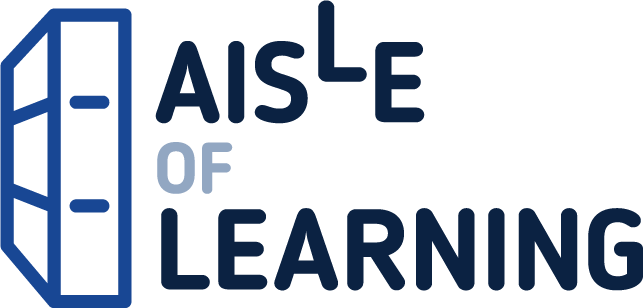Explore a detailed and structured approach to understanding econometric causality and structural equation modeling (SEM). This book offers a rich exploration of both essential principles and advanced methodologies used in modern econometrics. From beginners to seasoned analysts, gain insights into the practical application of a wide array of econometric tools, all illustrated with Python code that aids in your learning process. Key Features Comprehensive guide bridging econometric theory and practical application. Step-by-step tutorials employing Python to decipher complex statistical concepts. Real-world examples illustrating each concept for tangible learning experiences. In-depth exploration of both foundational and cutting-edge developments in SEM. What You Will Learn Understand the foundations of causality in econometrics, delving into its key principles and concepts. Get acquainted with the basic components of SEM, such as latent variables, observed variables, and path diagrams. Master the Ordinary Least Squares (OLS) method and its application in causal inference. Identify conditions for model identification, focusing on rank and order conditions. Learn to formulate path models and determine direct and indirect causal relationships. Differentiate between recursive and loop models in SEM. Employ maximum likelihood estimation techniques to infer SEM parameters accurately. Address endogeneity using advanced instrumental variable techniques. Detect and manage leverage points and influential observations in SEM. Compare and contrast common cause frameworks with SEM representations. Estimate systems of equations using approaches like 2SLS and 3SLS. Analyze variance-covariance structures within SEM to manage measurement errors. Model latent variable trajectories over time with latent growth models. Implement cross-lagged panel models to uncover longitudinally cross-lagged effects. Conduct mediation analysis to trace mediating variables and causal pathways. Engage error correction models for capturing temporal dynamics and deviations. Delve into factor analysis to explore the impact of latent factors in SEM. Integrate time series data in dynamic SEM modeling. Employ techniques to handle and estimate missing data in SEM models. Utilize Bayesian estimation to gauge parameter uncertainty in SEM. Incorporate nonlinear relationships to enrich SEM modeling. Assess model fit indices to evaluate and interpret SEM effectiveness.
Econometric Causality and Structural Equation Modeling (Richman Computational Economics)
$29.99
This textbook provides advanced instruction on econometrics and statistical modeling for high school or postsecondary students.







Reviews
There are no reviews yet.